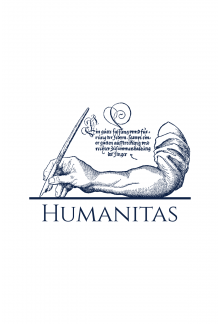- Titulinis
- Visos kategorijos
- Dalykinė ir mokslinė literatūra
- Humanitarinių mokslų knygos
- Religijotyra
- Modernist Aesthetics in Transition: Visual Culture of the Weimar Republic and Nazi Germany

Donna West Brett
Modernist Aesthetics in Transition: Visual Culture of the Weimar Republic and Nazi Germany
Balsavo 0
ISBN: 9781350442528
Autorius : Donna West Brett
Leidimo metai: 2024
Leidėjas: Bloomsbury Visual Arts
Puslapių skaičius: 304
Leidinio kalba: Anglų
Formatas: Kieti viršeliai
Formatas: 234×156
Autorius : Donna West Brett
Leidimo metai: 2024
Leidėjas: Bloomsbury Visual Arts
Puslapių skaičius: 304
Leidinio kalba: Anglų
Formatas: Kieti viršeliai
Formatas: 234×156
Kaina:
Šių parametrų produkto neturime
Likutis pakankamas
Pristatymo terminas Lietuvoje 3-6 savaitės
Pristatymo terminas Lietuvoje 1-4 darbo dienos. Galimas nedidelis vėlavimas
Pristatymo terminas Lietuvoje 3-6 savaitės
Pristatymo sąlygos
Aprašymas
How did German aesthetic values change as the Weimar Republic fell and state Nazism began, and to what extent did they intersect with the social, cultural and political transformations of that time?Contrary to conventional narratives that depict a transition away from modernity, this volume reveals that the complex artistic environment of the Weimar Republic persisted after the Nazis had taken power, despite their attempts at suppression. Illuminating the vital exchanges that occurred across multiple art forms during a period of unmatched cultural activity, this multi-disciplinary volume explores the cultural transition between Weimar- and National Socialist-era Germany and offers a fresh perspective on the fate of modernism during a time of censorship and social stigma.
Featuring essays on architecture, painting, cabaret, typography, and commercial design, the volume explores competing and comparable themes across German art from 1919-1945 and addresses how modern styles like New Vision photography, Dada, and Neue Sachlichkeit coexisted with established artistic modes. By bringing this complexity to light, Modernist Aesthetics in Transition provides a deeper understanding of the complex interplay between tradition and modernity in early-20th-century Germany.
Such visual complexity is evident from the volume’s eclectic coverage: ‘sexology’ and eroticism, visual grammar in typography and architecture, the reception of Weimar art in the National Socialist period, and the formation and transformation of queer and Jewish identities. It encompasses various subjects such as the animated films of Lotte Reininger, Gerhard Lamprecht's filmic adaptations of the 1920s, and the photography of László Moholy-Nagy, Christian Schad, and the German sexologist Magnus Hirschfeld. By bridging photography, moving image, and painting, this highly interdisciplinary work provides a fresh perspective on the ever-changing art and aesthetic principles of early 20th-century Germany.
Atsiliepimai (0)
Palikite atsiliepimą
